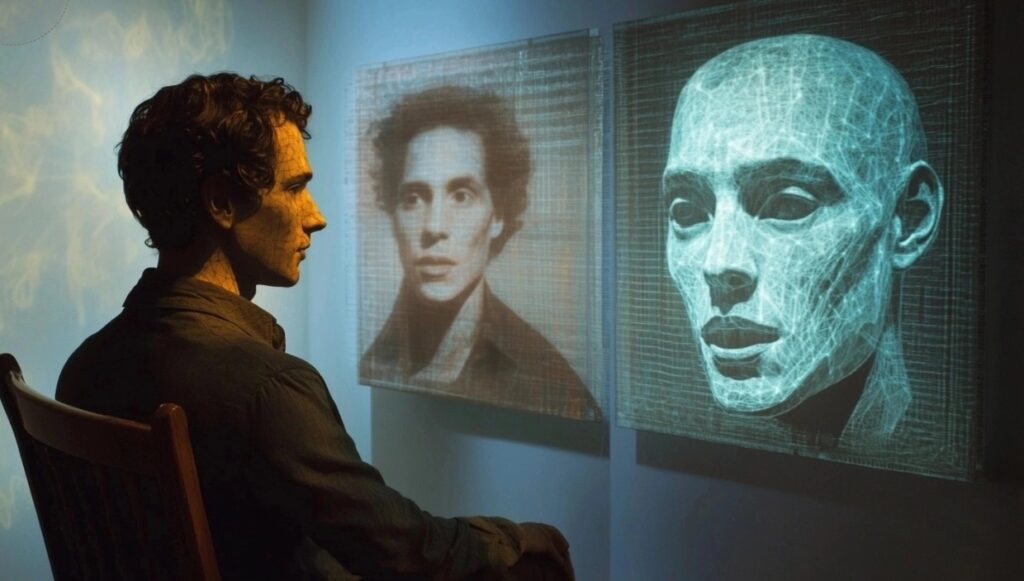From its origins, Artificial Intelligence defines its essence in the imitation of humans. In 1950 Alan Turing, considered the father of AI, in his article “Computing machinery and intelligence,” proposed what would become known as the “Turing test,” also described as the “Imitation Game.” According to the test, a machine can be considered intelligent if…
Imitation Game
Underlying intelligent personal assistants such as Alexa and Siri are several Artificial Intelligence technologies: primarily speech synthesis (speech to text, text to speech) and conversational interaction. The proper name given to Alexa and all personal assistants is an explicit anthropomorphic evocation, even in the absence of a visual representation of the human figure. The tone…
Thewow effect one feels during a voice conversation with chatGPT evokes the original meaning of the Imitation Game: one has the feeling of conversing with a human intelligence. In this case, if anything, the lack of realism comes from the speed of response being excessive, since no human could write such elaborate responses in such…
The Imitation Game takes extreme forms in the realistic simulation of real people made with AI technologies applied to video production, such as Hygen, Sora, Veo, Runway, and others. Such simulations could only be carried out procedurally with laborious productions based on three-dimensional technologies used for cinematic special effects, which required 3D modeling of a…
In 1995 I happened to attend a special presentation live in Chicago: Bill Gates took the stage and presented Bob’s project, a new interface that enabled a range of virtual assistants for Windows and Office, such as Rover dog or Clippy. At the time, none of these “animistic” metaphors were successful; in fact, they were…
In role-playing games, an NPC–non-player character–is a graphic character who is not under the direct control of the player, but is instead managed by the game master or other players. With the advent of Artificial Intelligence, NPCs are developing autonomous behaviors, generated in real time by AI. Thus, it is not just a matter of…
Immortality and resurrection have been central to human beliefs and expectations for millennia. From shamans to the Bible, from the Divine Comedy to spiritualism, we have always sought to interact with the dead and the afterlife. Thanks to Artificial Intelligence, griefbots are emerging, particularly in China: virtual clones of a dearly departed with whom one…
In primitive civilizations animism and totemism assigned animals and things a soul and a spiritual dimension. Images of magical animals prevailed in prehistoric art, and in polytheistic civilizations such as the Egyptian developed theriomorphism, which combined in the essence of the gods both human and animal. Recent AI solutions are making some animal expressions (from…
It should be made clear that many forms of Artificial Intelligence are not anthropomorphic. For example, the computer vision that analyzes millions of X-rays, pieces of an assembly line or faces at airports does not claim to imitate humans, but to perform practical functions by exceeding the limits of human senses. Even important applications such…
Extended Mind is a 1998 thesis by Andy Clark and David Chalmers presenting the idea of “active externalism,” in which objects in the environment function as part of the mind. Because external objects play a significant role in supporting cognitive processes, the mind and the environment act as a “coupled system” that can be viewed…
- 1
- 2


